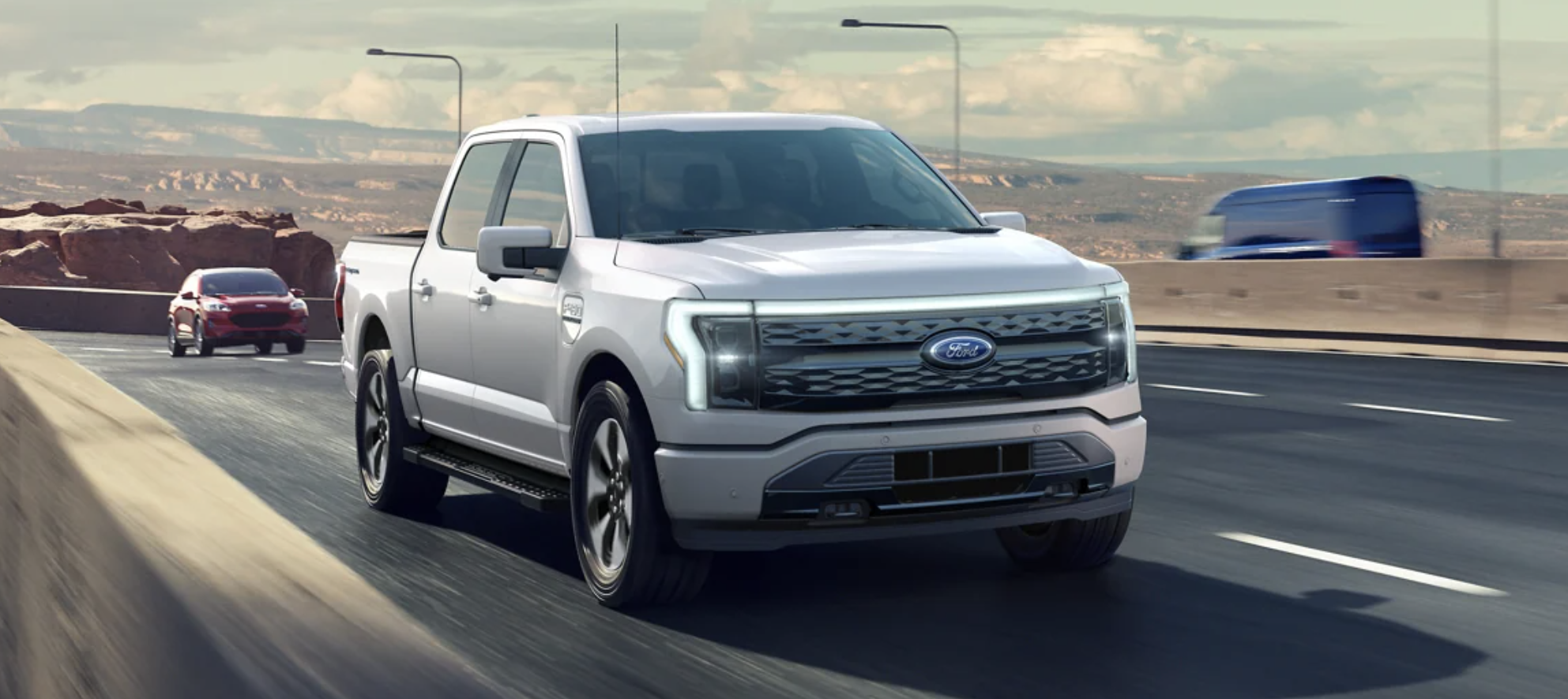Written by: Thomas Kostigen
Which company will come out on top in the race to sell the most electric vehicles?
Ford is focused on an EV future, and recently said it has received a huge amount of interest in its F-150 Lightning; 150,000 reservations have been made. General Motors is banking on an EV future, as well, taking the strategy further and saying that it plans to become a technology platform first that happens to produce vehicles.
Volvo is going all electric and is seeing its Polestar EV brand go public. And then there is Tesla, of course, which pioneered the EV market. Smaller players such as Lucid and Rivian are also making their marks with consumers.
A lot of speculation is being waged as to which vehicle company has the most upside when it comes to investing. A good financial advisor can weed through the pack and read the analysts reports and projections to give his or her best picks of the lot. Individual investors can similarly wade through the market reports and make their own judgments.
In all, by some estimates, 250 million EVs will be manufactured by the end of this decade. Someone has to make them. A report by the International Energy Agency reveals that some 17,000 electric cars were on the world’s roads in 2010. A decade later, that number had swelled to 7.2 million, nearly half of which were in China. “As technological progress in the electrification of two/three-wheelers, buses, and trucks advances and the market for them grows, electric vehicles are expanding significantly,” the IEA says.
To date, the competitive factor pitting one company against another has been the range their vehicles can achieve. Lucid Motors recently broke the 500 mile mark threshold, with its Dream Edition reaching 520 miles. Tesla’s Model S long range reaches 405 miles. Meanwhile, most other companies are struggling to catch up and eclipse 300 miles per fully charged engine.
Utility is closing fast in the competition, too. Trucks, SUVs and minivans are quickly gaining acceptance and capturing consumer demand. The F-150 is proof of that, as is GM’s Hummer EV.
Comfort and accessories, the usual makings of competition among vehicles, are all pretty much standard for EVs these days. As makers such as Ferrari enter the markets, there likely will even be a super car lineup from which drivers can choose.
In this columnist’s view, the big differentiator that will determine an EV winner will be charging time. The company that develops the quickest accessories (even portable ones) for EVs can easily become the market leader. It takes about an hour to fully charge my Tesla, for example, at a super charger station. Otherwise, it’s 8 or 10 hours, or so. The same holds true for other vehicles, so I am not biased.
In Switzerland, a company has developed a charger that can top out EVs in 15 minutes. It’s that type of technology and compatibility that investors should be looking for among carmakers. In other words, it’s the conduit not so much the car, that matters most with EVs. Whichever company cracks that code first, wins.
Thomas Kostigen is a contributing writer to MyPerfectFinancialAdvisor, the premier matchmaker between investors and advisors. Thomas is a best-selling author and longtime journalist who writes about environmental, social, and governance issues.
Related: How to Profit from the Gen Z Future



